Filter by

The subject's matter :self-consciousness and the body
The body may be the object we know the best. It is the only object from which we constantly receive a flow of information through sight and touch; and it is the only object we can experience from the inside, through our proprioceptive, vestibular, and visceral senses. Yet there have been very few books that have attempted to consolidate our understanding of the body as it figures in our experie…
- Edition
- -
- ISBN/ISSN
- 9780262342599
- Collation
- 1 online resource (xxi, 402 pages) :illustrations.
- Series Title
- -
- Call Number
- -

Consciousness, attention, and conscious attention
"In this book, Carlos Montemayor and Harry Haladjian consider the relationship between consciousness and attention. The cognitive mechanism of attention has often been compared to consciousness, because attention and consciousness appear to share similar qualities. But, Montemayor and Haladjian point out, attention is defined functionally, whereas consciousness is generally defined in terms of …
- Edition
- -
- ISBN/ISSN
- 9780262327497
- Collation
- 1 online resource (xiv, 280 pages) :illustrations
- Series Title
- -
- Call Number
- -

Thinking about oneself :from nonconceptual content to the concept of self
"In this book, Kristina Musholt offers a novel theory of self-consciousness, understood as the ability to think about oneself. Traditionally, self-consciousness has been central to many philosophical theories. More recently, it has become the focus of empirical investigation in psychology and neuroscience. Musholt draws both on philosophical considerations and on insights from the empirical sci…
- Edition
- -
- ISBN/ISSN
- 9780262329767
- Collation
- 1 online resource (xviii, 210 pages)
- Series Title
- -
- Call Number
- -

The Crucible of Consciousness: An Integrated Theory of Mind and Brain
"A Bradford book"--Page 4 of cover.Originally published: Melbourne ; New York : Oxford University Press, 1999. With new foreword.This text is an interdisciplinary examination of the evolutionary breakthroughs that rendered the brain accessible to itself.OCLC-licensed vendor bibliographic record.
- Edition
- 1st MIT Press ed.
- ISBN/ISSN
- 9780262255189
- Collation
- 1 online resource (xvi, 247 pages) :illustrations
- Series Title
- -
- Call Number
- -
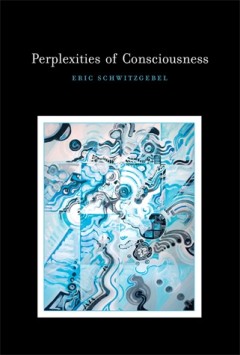
Perplexities of Consciousness
"A Bradford book."In this book, the author examines various aspects of inner life (dreams, mental imagery, emotions, and other subjective phenomena) and argues that we know very little about our stream of conscious experience. In fact, he contends, we are prone to gross error about our ongoing emotional, visual, and cognitive experiences.OCLC-licensed vendor bibliographic record.
- Edition
- -
- ISBN/ISSN
- 9780262295338
- Collation
- 1 online resource (xii, 225 pages) :illustrations.
- Series Title
- -
- Call Number
- -

Consciousness Revisited: Materialism without Phenomenal Concepts
We are material beings in a material world, but we are also beings who have experiences and feelings. How can these subjective states be just a matter of matter? This book looks at this question and much more.
- Edition
- -
- ISBN/ISSN
- 9780262255172
- Collation
- -
- Series Title
- -
- Call Number
- -
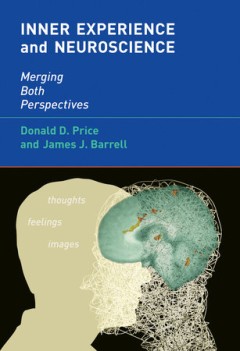
Inner Experience and Neuroscience: Merging Both Perspectives
"A Bradford Book."A proposal for merging a science of human consciousness with neuroscience and psychology. The study of consciousness has advanced rapidly over the last two decades. And yet there is no clear path to creating models for a direct science of human experience or for integrating its insights with those of neuroscience, psychology, and philosophy. In Inner Experience and Neuroscienc…
- Edition
- -
- ISBN/ISSN
- 9780262305204
- Collation
- 1 online resource (x, 345 pages, 2 unnumbered pages of plates) :illustrations (some color)
- Series Title
- -
- Call Number
- -
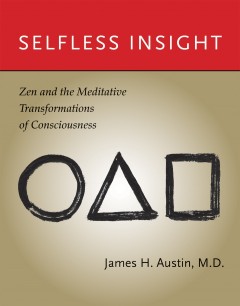
Selfless Insight: Zen and the Meditative Transformations of Consciousness
Attention, self-consciousness, insight, wisdom, emotional maturity: how Zen teachings can illuminate the way our brains function and vice-versa.OCLC-licensed vendor bibliographic record.
- Edition
- -
- ISBN/ISSN
- 9780262255004
- Collation
- 1 online resource (xxii, 342 pages, 4 pages of plates) :illustrations (some color)
- Series Title
- -
- Call Number
- -
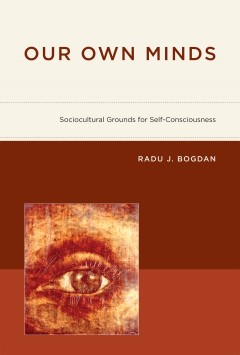
Our Own Minds: Sociocultural Grounds for Self-Consciousness
Here, Radu Bogdan takes a developmental perspective on consciousness and proposes that children's functional capacity for consciousness is assembled during development out of a variety of ontogenetic adaptations that respond mostly to sociocultural challenges specific to distinct stages of childhood.OCLC-licensed vendor bibliographic record.
- Edition
- -
- ISBN/ISSN
- 9780262289214
- Collation
- 1 online resource (xii, 210 pages).
- Series Title
- -
- Call Number
- -
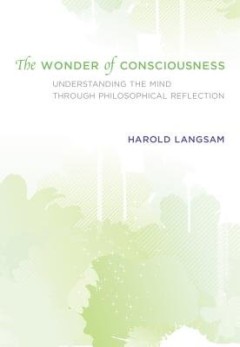
The wonder of consciousness: Understanding the mind through philosophical ref…
Langsam investigates the way certain features of some of our conscious states intelligibly relate us to features of the world of which we are conscious.OCLC-licensed vendor bibliographic record.
- Edition
- -
- ISBN/ISSN
- 9780262298438
- Collation
- 1 online resource (x, 234 pages)
- Series Title
- -
- Call Number
- -
 Computer Science, Information & General Works
Computer Science, Information & General Works  Philosophy & Psychology
Philosophy & Psychology  Religion
Religion  Social Sciences
Social Sciences  Language
Language  Pure Science
Pure Science  Applied Sciences
Applied Sciences  Art & Recreation
Art & Recreation  Literature
Literature  History & Geography
History & Geography